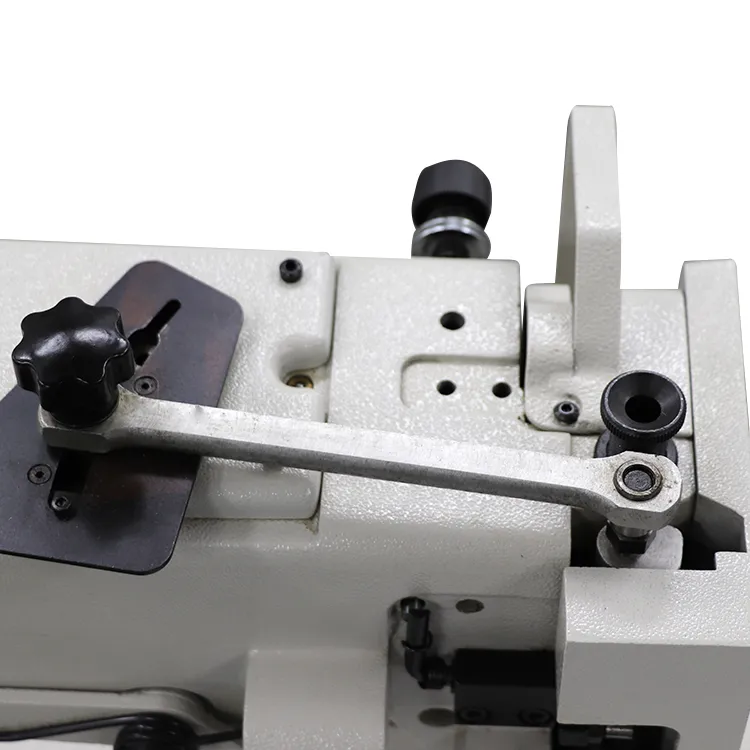Choosing the Right Needle for Upholstery Projects and Materials
The Essential Guide to Needles for Upholstery
When it comes to upholstery, having the right tools can make all the difference in achieving a professional finish. Among these tools, the needle is perhaps one of the most crucial. Upholstery needles are designed specifically for heavy fabrics and thick materials, ensuring that your sewing process is efficient and effective. This article discusses the types of needles best suited for upholstery, their features, and how to choose the right one for your projects.
Types of Upholstery Needles
1. Upholstery Needles These needles are typically longer and stronger than regular needles. They are designed to penetrate multiple layers of fabric and batting without bending or breaking. Upholstery needles usually come in various sizes, often ranging from 16 to 20. The larger the number, the thicker the needle. For heavier materials, a size 18 or 20 needle is often recommended.
2. Heavy-Duty Needles These needles are well-suited for upholstery as they can handle thick materials like leather, denim, and canvas. Heavy-duty needles feature a larger eye designed for thicker threads, which is ideal when working on upholstery projects that require durable seams.
3. Tapered Needles Tapered needles are designed with a point that gradually tapers to a sharp tip. This design is especially useful for thicker fabrics, allowing for easier penetration without damaging the fabric.
4. Wing Needles For decorative stitching on upholstery, wing needles can be an excellent choice. Their unique shape creates a wider stitch, allowing for interesting patterns and textures in your work. However, these are more commonly used in quilting and less so in traditional upholstery.
Features to Consider
When selecting a needle for upholstery, consider the following features
- Needle Size Choosing the right size needle is crucial. Larger sizes, such as 18 and 20, should be used for heavy fabrics or multiple layers, while smaller sizes can work well with lighter upholstery fabrics.
needle for upholstery

- Needle Type Depending on your project, select the needle type that best fits your needs. If you’re working with thick materials, opt for heavy-duty or upholstery needles. For decorative effects, wing needles may be beneficial.
- Thread Compatibility Make sure that your chosen needle's eye can accommodate the thread you plan to use. Thick upholstery thread requires larger needle eyes to prevent thread breakage.
Tips for Using Upholstery Needles
1. Test on Scraps Before starting your upholstery project, always test your needle and thread combination on scrap material. This ensures that you won't run into issues with fabric damage or thread breakage.
2. Change Regularly Upholstery needles can wear out quickly, especially when used with thick materials. Change your needle regularly to maintain stitch quality and avoid fabric snagging.
3. Use the Right Machine Settings Ensure your sewing machine is set up correctly for upholstery sewing. Use a walking foot or a Teflon foot to help manage heavy materials.
4. Keep Needles Organized Store your upholstery needles in a designated space to avoid mix-ups with regular sewing needles. This ensures you always have the correct needle on hand.
Conclusion
Choosing the right needle for upholstery is essential for achieving professional results in your projects. By understanding the various types of needles available, their features, and tips for effective use, you can enhance your upholstery skills and create beautiful, lasting pieces. Remember, the right needle makes all the difference in handling the unique challenges of upholstery sewing!
-
Industrial Cylinder Arm Sewing Machine: Revolutionizing Heavy-Duty SewingNewsJul.28,2025
-
Cylinder Arm Sewing Machine: Perfect for Special Sewing ApplicationsNewsJul.28,2025
-
Cylinder Bed Sewing Machine: Essential for Sewing Complex MaterialsNewsJul.28,2025
-
Heavy Duty Sewing Machine: The Essential Tool for Industrial ApplicationsNewsJul.28,2025
-
Computerized Pattern Sewing Machine: Revolutionizing Precision StitchingNewsJul.28,2025
-
Heavy Duty Industrial Sewing Machine: Power Meets PrecisionNewsJul.28,2025
-
Leather Sewing Machine: The Industrial Standard for Tough MaterialsNewsJul.18,2025





























